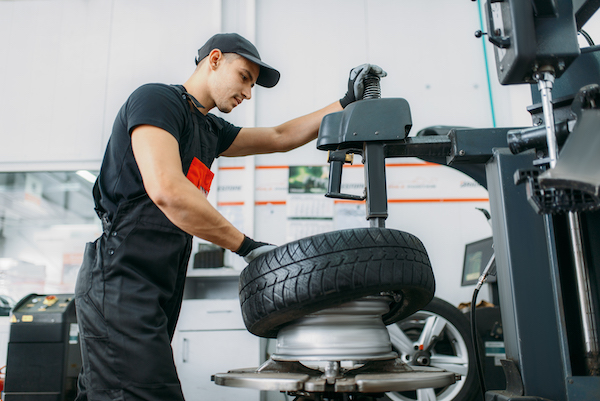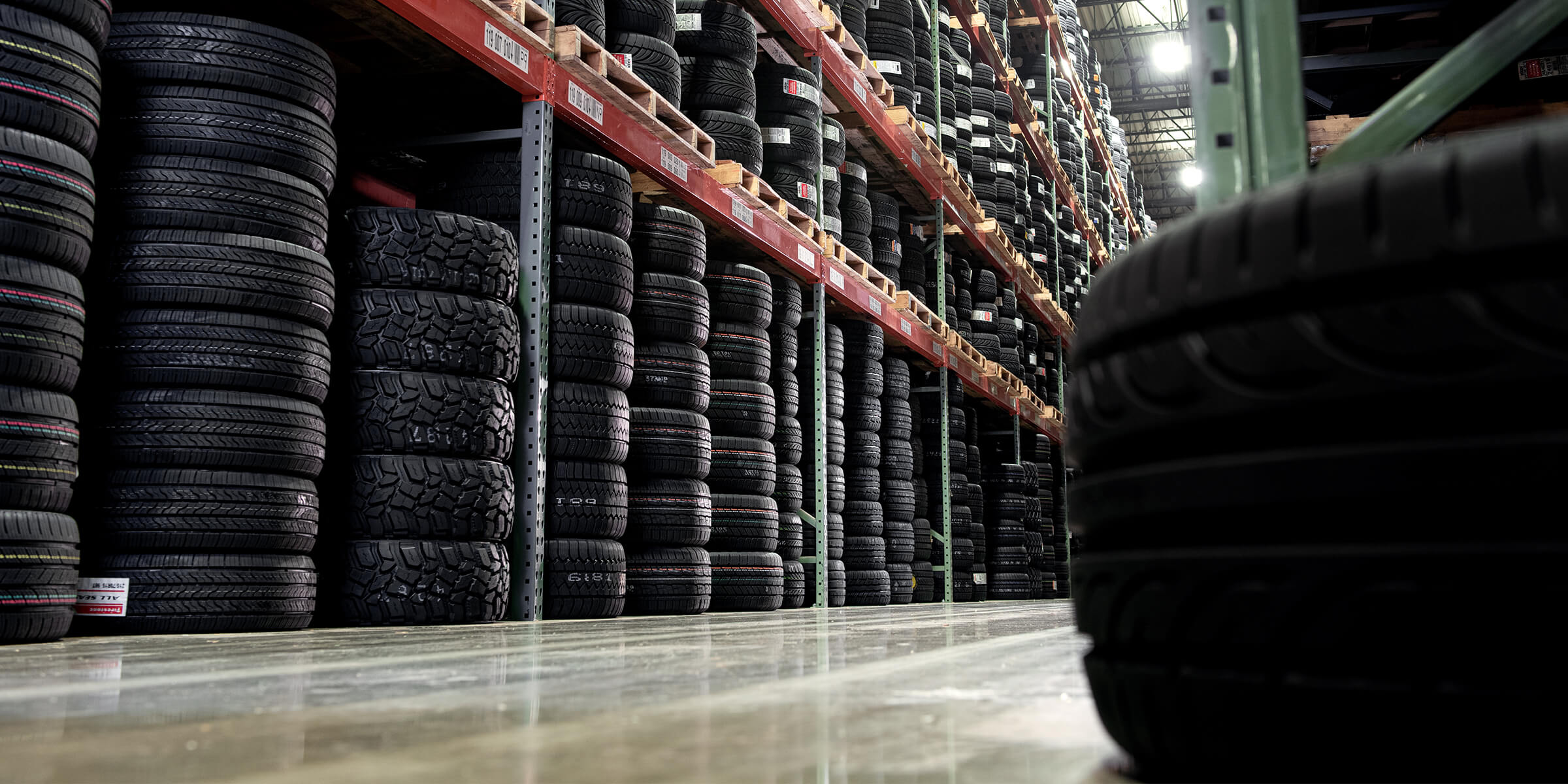Tire Solution: Understanding Tire Stress Monitoring Equipments
Understanding Tire Pressure Tracking Solutions (TPMS) is a vital element of preserving optimal automobile efficiency and safety and security on the roadway. With innovations in automotive technology, TPMS has actually become a basic function in modern-day lorries, offering real-time details on tire stress degrees.

Significance of TPMS
The significance of Tire Stress Tracking Systems (TPMS) hinges on their ability to improve car safety and security and performance through real-time tracking of tire pressure degrees. Maintaining the proper tire pressure is vital for making sure optimal handling, stopping, and total safety and security of a car. TPMS offers vehicle drivers with prompt responses on any kind of underinflated or overinflated tires, enabling for timely changes to be made.
Components of TPMS
Sensing units are typically located in the tire shutoff stem or connected to the wheel assembly, where they measure tire stress and transmit information to the control module. Some progressed TPMS designs also present the real tire stress readings for each tire, giving vehicle drivers with real-time information to guarantee optimal tire performance and safety. By monitoring tire stress continuously, TPMS aids protect against crashes, lowers tire wear, and boosts fuel effectiveness, making it a vital part for vehicle safety and security and performance. tires morris il.
Kinds Of TPMS

On the other hand, indirect TPMS depends on the car's wheel speed sensors to keep an eye on tire pressure. This system spots underinflation by comparing the rotational speeds of the wheels. Indirect TPMS is much less pricey than straight TPMS, as it uses existing sensors within the car.
While straight TPMS uses more precise readings, indirect TPMS is simpler in style and generally requires much less maintenance. Both systems have their advantages and restrictions, and the selection between them usually depends upon factors such as cost, automobile make, and personal choice. Recognizing the differences in between these 2 kinds of TPMS can assist car proprietors make educated decisions relating to tire maintenance and safety and security.
TPMS Maintenance Tips
Conduct regular checks on the tire pressure levels and compare them with the TPMS analyses to ensure they are regular. During tire rotation or substitute, make certain that the TPMS components are handled carefully to stop any type of prospective damages. If the TPMS advising light brightens on the dashboard, address the problem without delay by inspecting the tire pressures and the total system for any type of faults.
Benefits of Appropriate Tire Pressure
Keeping proper tire pressure, as highlighted in TPMS Upkeep Tips, is vital for enjoying the countless benefits related to optimal tire find here stress degrees. One of the main benefits of preserving the proper tire stress is enhanced gas effectiveness. When tires are effectively inflated, there is less rolling resistance, bring about better gas economic climate. In addition, proper tire stress ensures even tire see it here wear, prolonging the lifespan of the tires and advertising much safer driving conditions. With the best tire stress, cars also have much better handling and grip, particularly in negative weather. This can boost overall driving efficiency and safety for the vehicle driver and travelers. Additionally, keeping optimal tire pressure can contribute to a smoother and more comfy experience by minimizing vibrations and sound brought on by underinflated tires. Finally, the benefits of proper tire pressure go past simply tire longevity; they include boosted fuel efficiency, enhanced security, much better automobile performance, and overall driving convenience.
Verdict
In conclusion, understanding tire pressure surveillance systems (TPMS) is crucial for maintaining ideal tire pressure and making sure car safety and security. By recognizing the value of TPMS, recognizing with its parts, understanding the different kinds available, sticking to appropriate upkeep pointers, and realizing the advantages of maintaining proper tire pressure, drivers can improve their driving experience and extend the life go to this site expectancy of their tires. Proper tire pressure is essential to safe and reliable automobile procedure.
